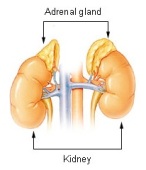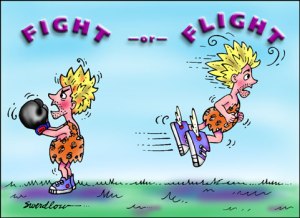In human nature, obedience is a form of “social influence in which a person yields to explicit instructions or orders from an authority figure” and there is a hierarchy of power present. This is different from conformity as conformity occurs through social pressures (the norms of the society). We assume that without such an order, the person would not have acted in this way. People are socialised to obey and from a young age, we’ve often been given commands and rules to follow on a day-to-day basis, learning from people such as parents that disobedience leads to punishment but what is it that makes us obey or disobey?
Factors influencing obedience levels include the presence of an authority figure (be it religious or secular), whether peers obey or rebel, authoritarian parenting and personal responsibility.
Milgram (1963) conducted an experiment which showed shocking levels of obedience to an authority figure although it lacked realism of an everyday situation. The experiments began in 1961, one year after the trial of Adolf Eichmann in Jerusalem. Milgram wanted to know, “Could it be that Eichmann and his million accomplices in the Holocaust were just following orders? Could we call them all accomplices?” (Milgram, 1974). He was interested in researching how far people would go in obeying an instruction if it involved harming another person. The results showed that 65% (two-thirds) of participants (i.e. teachers) continued to the highest level of 450 volts. All the participants continued to 300 volts. This concluded that ordinary people are likely to follow orders given by an authority figure, even to the extent of killing an innocent human being. In the Stanford Prison Experiment by Zimbardo (1973), higher levels of perceived prestige and closer proximity to the authority figure were associated with increased obedience. Deindividuation and lack of expertise in the participants were also associated with higher levels of obedience.

Also, obedience to authority is ingrained in us all from the way we are brought up. Children often have to obey their own parents when they are young (for example – doing homework, studying, chores, going to bed at a certain time) and sometimes obedience is associated with reward and rebellion is associated with punishment. However, as children mature, they become more independent and people argue that raising children to be obedient is much less healthy than raising them to be able to think for themselves as they should be taught to question authority, develop the critical thinking skills, personal confidence, and ethical autonomy which will enable them to resist or reject such orders if they don’t agree with the reasons behind them.


Whether peers obey or rebel also influences the level of obedience. Generally, if the majority of a class refuses to quieten down after a teacher’s command, you may feel that because the majority are rebelling, you might as well do so too. From a different angle, if you are the only disruptive person in a class full of students who are quietly working and the teacher threatens to hand out a punishment exercise to the whole class, you may rethink your actions if you are someone who is liberal and empathetic. Additionally, if you notice that 2 of your peers are quiet, you may also decide to stay silent in hopes that you and the 2 other people will be exempt from punishment (minority influence) while the majority face the consequences.



